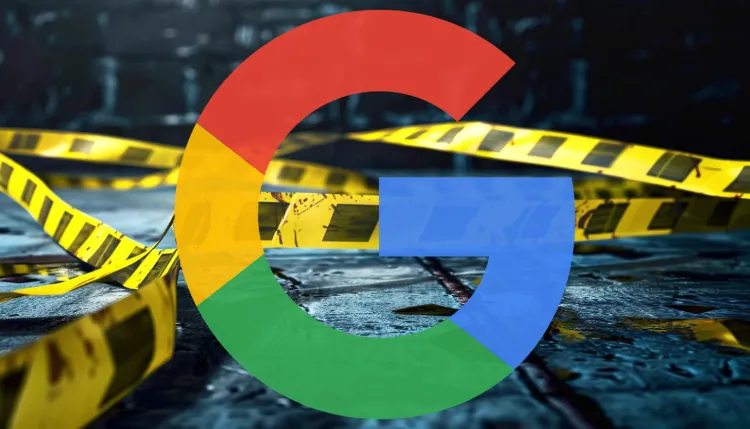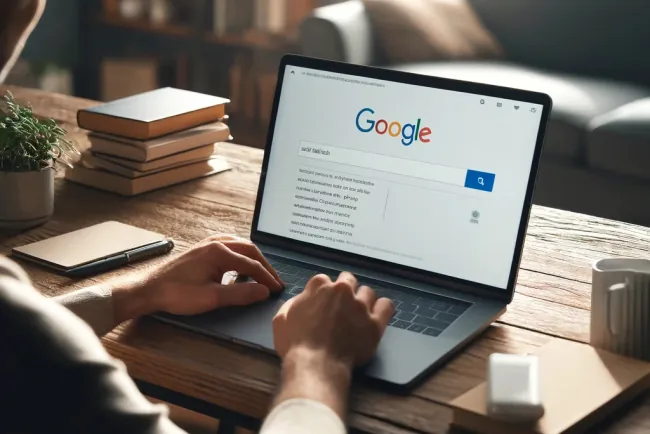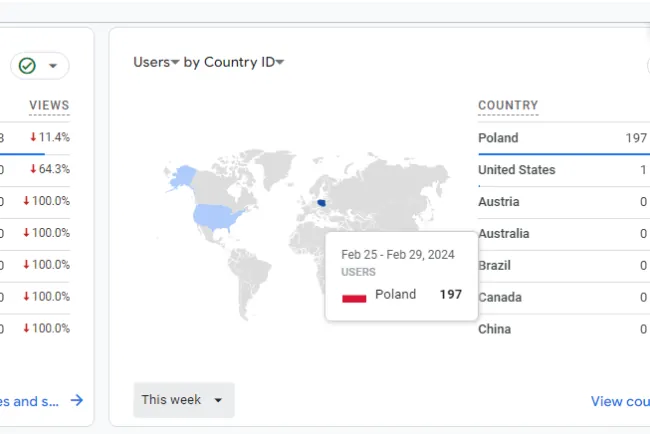- Introduction
- Understanding Google's Manual Actions
- The Impact of Manual Actions on Websites
- Differentiating Manual Actions from Algorithmic Updates
- Step-by-Step Guide to Recover from Manual Actions
- Conclusion
- FAQs
Introduction
Google's dedication to delivering relevant, high-quality search results often leads to the imposition of manual actions against websites that violate its spam policies. Barry Schwartz highlights the criticality of monitoring Google Search Console for such penalties, especially in the aftermath of Google's latest spam and core updates in March 2024. This comprehensive guide aims to navigate you through the process of identifying manual actions, understanding their impact, and implementing effective recovery strategies.
Understanding Google's Manual Actions
Google issues manual actions when a human reviewer identifies non-compliance with its spam policies on a website. These actions are primarily aimed at manipulating search index attempts and can significantly affect a site's visibility on Google Search. Examples of violations include the use of aggressive spam techniques like gibberish generation, content scraping, and misleading content, among others.
The Impact of Manual Actions on Websites
Manual actions can result in a website being completely or partially removed from Google's search results, leading to a drastic drop in search traffic. Sites affected by these penalties receive notifications in the manual actions section of Google Search Console, outlining the nature of the non-compliance.
Differentiating Manual Actions from Algorithmic Updates
It's crucial to distinguish between manual actions, which are human-reviewed and specific to spam policy violations, and algorithmic updates that are automated. While manual actions come with direct notifications via Google Search Console, algorithmic updates do not, though they can still significantly impact a site's search ranking and visibility.
Step-by-Step Guide to Recover from Manual Actions
Recovering from a manual action requires a thorough remediation process, including:
- Expanding the manual action report for detailed violation insights.
- Identifying and correcting the issues on all affected pages.
- Ensuring Google's unrestricted access to these pages.
- Submitting a reconsideration request with a detailed description of the issues, corrective actions taken, and the outcomes of these efforts.
The review process for reconsideration can vary in duration, with Google communicating progress via email.
Conclusion
Facing a manual action can be daunting, but with the right approach, recovery is achievable. Regularly monitoring Google Search Console and adhering to Google's spam policies can prevent future penalties. Remember, manual actions are distinct from algorithmic updates, and understanding this difference is key to maintaining a healthy website in Google's search ecosystem.
FAQs
Q1: How do I check for manual actions against my site? A1: Log in to Google Search Console, navigate to the "Security & Manual Actions" section, and select "Manual Actions" to view any penalties.
Q2: What's the difference between a manual action and an algorithm update? A2: Manual actions are specific penalties applied by human reviewers for spam policy violations, whereas algorithm updates are automated adjustments to Google's search algorithms affecting site rankings more broadly.
Q3: How long does the reconsideration process take? A3: The time frame varies, but most reviews take several days to weeks. Link-related requests may take longer.
For further insights on maintaining and enhancing your site's SEO performance, consider exploring additional resources and services available on our website.






















